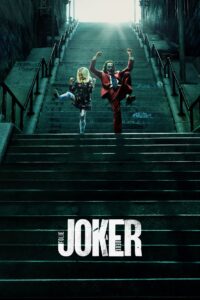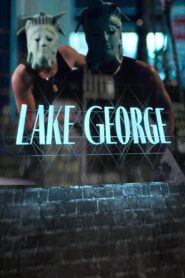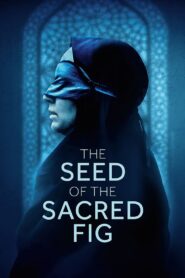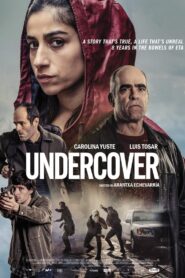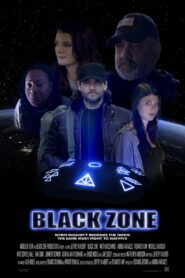
Video Sources 4 Views Report Error
Synopsis
The melody was a discordant whisper, a twisted lullaby echoing through the stark corridors of Arkham Asylum. That’s where “Joker: Folie à Deux” begins, not with the chaotic energy of Gotham’s streets, but with the unsettling stillness of a mind fractured beyond repair.
Imagine Arthur Fleck, the man who became the Joker, not as a symbol of anarchy, but as a prisoner, trapped within the confines of his own madness. The film doesn’t offer a simple continuation of the first “Joker”; it plunges us deeper into the fractured psyche of a man who has embraced his darkness.
We’re introduced to Arkham, not as a backdrop for supervillains, but as a stage for a psychological drama. The asylum becomes a character itself, a labyrinth of broken minds and echoing secrets. Here, Arthur’s reality is even more distorted, his perception warped by the drugs and the constant barrage of voices in his head.
Then, she arrives. Harley Quinn. Not the comic book icon, but a fellow inmate, a kindred spirit, drawn to Arthur’s chaotic energy. Their connection is immediate, a spark igniting in the darkness. “Folie à Deux,” the film’s title, speaks to their shared madness, a contagious delusion that binds them together.
The film doesn’t adhere to a traditional narrative structure. It’s a descent into the depths of their shared psychosis, a blurring of lines between reality and fantasy. The musical elements, woven into the fabric of the story, amplify their emotional states, transforming their interactions into surreal, often unsettling, performances.
Imagine Arthur and Harley, not as lovers, but as two broken souls finding solace in their shared madness. Their relationship is a twisted dance, a chaotic symphony of emotions, a reflection of their fractured minds. The film explores the dark side of love, the intoxicating allure of shared delusion, and the destructive power of obsession.
The visuals are a stark contrast to the first “Joker.” While the original film was grounded in gritty realism, “Folie à Deux” embraces a more theatrical, almost dreamlike aesthetic. The asylum becomes a stage, the characters performers in their own twisted opera.
“Joker: Folie à Deux” isn’t a film about good versus evil, or about the clash between order and chaos. It’s a film about the human capacity for delusion, the seductive power of madness, and the fragile line between sanity and insanity. It’s a exploration of how two people can find a twisted type of love within a shared delusion.
The film challenges us to question our own perceptions of reality, to confront the darkness that lurks within the human psyche. It’s a disturbing, yet captivating, journey into the heart of madness, a film that leaves you questioning the nature of sanity itself. It’s a dark love story, told through the lens of a fractured reality.
Original title Joker: Folie à Deux
IMDb Rating 5.2 152,681 votes
TMDb Rating 5.499 2,170 votes


